How To Increase Artist Revenue
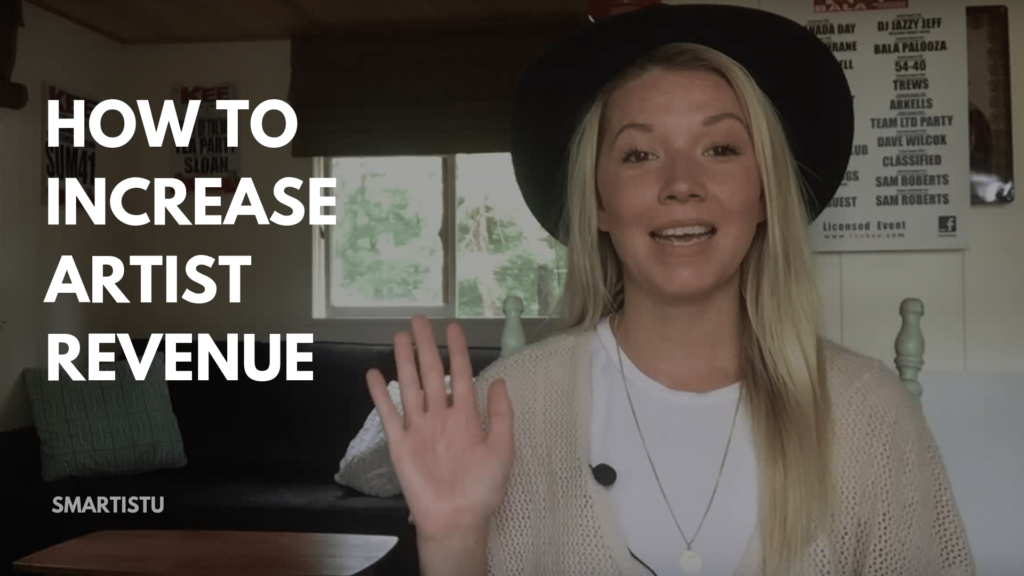
In this training, you’re going to learn how to increase artist revenue through various revenue streams, how we’re now seeing the first real growth in global recorded music revenue that we’ve had in 18 years, where we’re at with global revenue with live performance, recorded, and streaming, and which revenue streams might be the best to focus on today.
All our trainings are now available in both audio/visual (video) as well as written (article transcript) format. The article can be read directly below the video. When you’re done reading/watching this, make sure you download your free artist management start-up kit which comes with 10 free templates and guides!
To start off, diving into every single revenue stream is a little overwhelming. So I’m going to mention a long list of them for you, but I’ll narrow them down to a few areas where you can focus first.
Revenue Streams
- Retail music sales (sales of your physical albums in retail stores)
- Digital music sales (sales of your digital songs in digital retail stores)
- Live performance (flat fees, ticket sales, VIP sales)
- Off-stage music sales (sales of your albums at your merchandise table)
- Physical merchandise sales (t-shirts, posters, etc.)
- Digital merchandise sales (apps, ringtones, etc.)
- Sponsorships (corporate support for a tour or creative partnership)
- Endorsements (payments/free goods from a brand partnership)
- Streaming royalties (paid to songwriters when songs are streamed on Spotify, etc.)
- YouTube Partner Program (money paid to you when you sign up to have advertisements play at the beginning of your videos – shared ad revenue)
- Digital performance royalties (paid for songs are streamed on Spotify, etc.)
- Mechanical royalties (reproduction of recordings of your songs – physical or digital)
- Publisher advance (paid to songwriter from deal with publishing company)
- Record label advances (paid to artist from deal with record company)
- Record label support (financial support from your label for recording or touring)
- Public performance royalties (paid to songwriter when their songs are played on radio, television, in clubs, restaurants and other public places)
- Synch licensing (use of your music in film, TV, commercials, video games, etc.)
- Composing original works (commissioned to create a new soundtrack for film, TV, etc.)
- Grants (funding from the government, not-for-profits, or charities that support music projects)
- Crowd funding (funding support from fans in the form of pre-selling music, merch, and experiences)
- Acting (for artists that also act or appear in commercials)
- Speaking or teaching (for artists that are also hired to speak, teach, lecture, host a workshop, etc.)
- Producing (fees paid to artists that also produce other artists works)
- Session musician fees (fees paid to artists who also perform on a track or perform live for other artists/bands)
Now, you can and should go after all of these, but hear me out.
The Current State of The Industry
Today, artists and record companies are making the most money from digital performance royalties due to streaming & digital download sales, as well as getting their music placed in film, television, commercials, advertisements, and video games. And while physical sales such as CD’s are continuing to decrease, we are increasingly seeing the revival of the vinyl record.
In 2016, we saw the first real growth in global recorded music revenue that we’ve had in 18 years. Backing it up for a second, recorded music revenue includes digital, physical, streaming, performance rights, and sync revenues. All these combined hit a peak in 1999, went on a downward spiral until 2010, stayed stagnant for 5 years, and for the past 3 years have been back on the rise again. Physical sales specifically went from over 23 billion in 1999 down to around 5 billion in 2016. And in the past 10 years, digital and streaming revenue has gone from 1 billion up to 8 billion. Total digital income in 2017 accounted for more than half of ALL recorded music revenue for the first time in history.
So, what does this mean for you?
Firstly, it means to invest more of your efforts in getting your music onto digital streaming playlists.
Either get to know the editorial and playlist creator staff at Spotify, Apple Music, Google Play and other Digital Streaming Platforms (DSP’s), as well as Sirius XM and other satellite radio broadcasters, or hire a streaming promotions company to do the pitching for you. Draw your fans to stream your music as much as you can. And make sure your songs are registered with SoundExchange, the organization that collects and distributes your digital performance royalties. It also means to release as much music on these platforms as you can. We see all the top urban artists releasing songs with 40 songs on them, and guess what? They’re breaking streaming records and earning the most money. Now I’m not saying to go and do that… but it’s important to notice.
Secondly, this means you should be investing more of your efforts in getting sync opportunities.
Meet music supervisors who are working on shows that fit your musical style. Try to get a deal with a publishing company that has pre-existing relationships with music supervisors and a track record of sync opportunities for their clients. Watch our video “How To Get A Sync” for more information on this topic.
Now, thirdly, an important piece of the pie is to invest in mastering your live performance.
While the global RECORDED music industry is now a 17-billion-dollar industry, the global LIVE PERFORMANCE industry is sitting around 10 billion and is continuing to grow. So, while you’re focusing your efforts on streaming and sync, don’t forget to focus your efforts on the other big piece of the pie, touring.
If you liked this training, please comment below with your thoughts and questions. Remember to check out your free downloads, subscribe on YouTube, share this with your music friends, and thank you for reading!
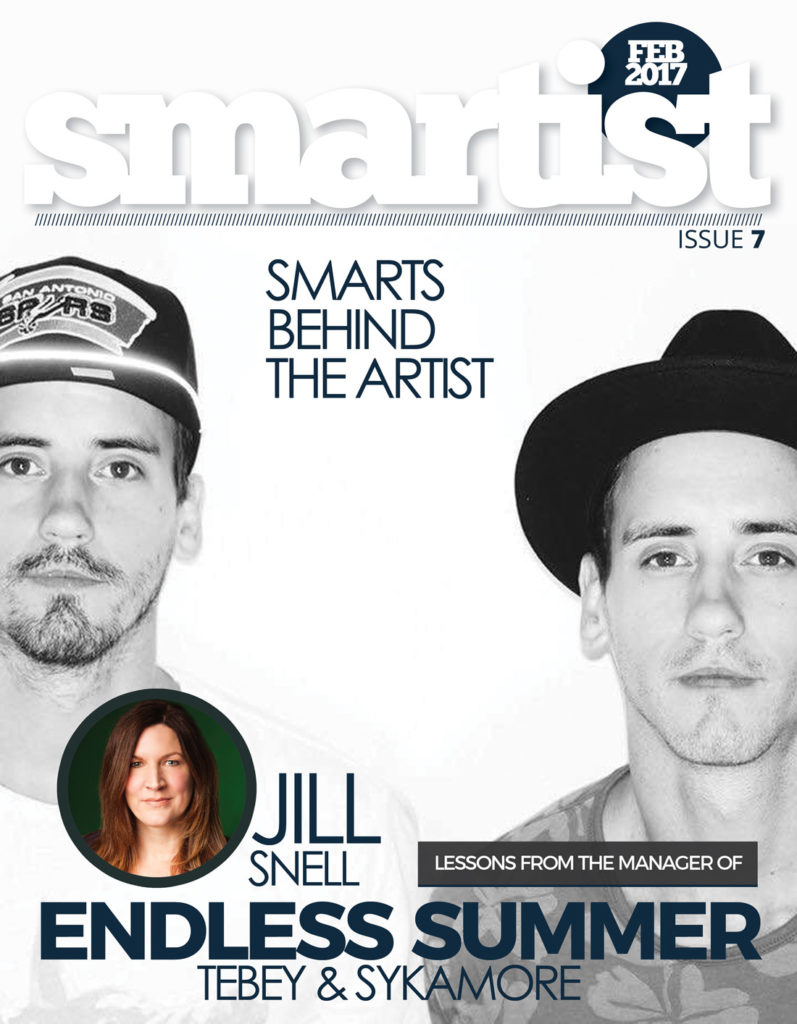
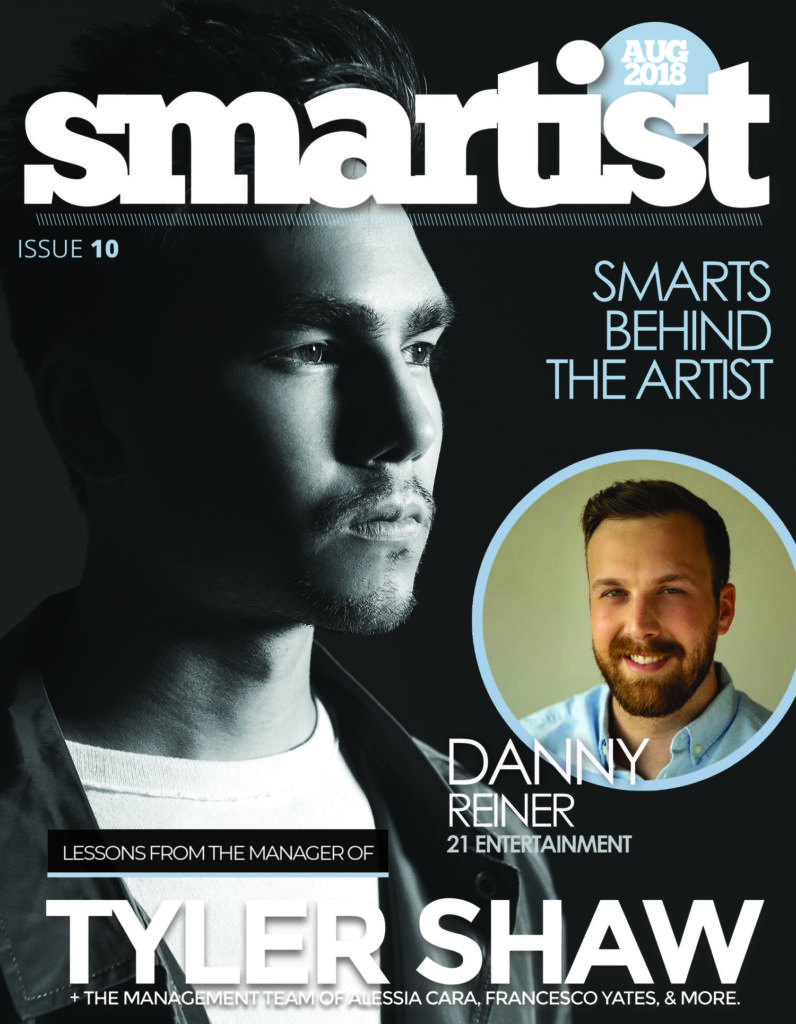
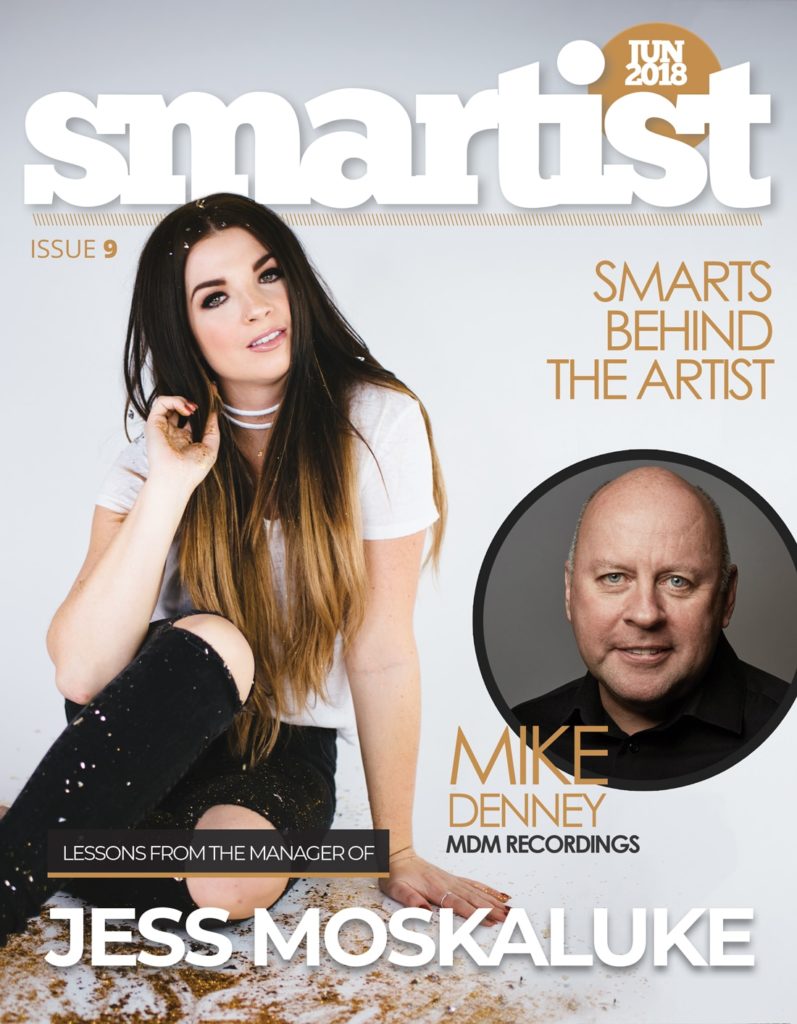
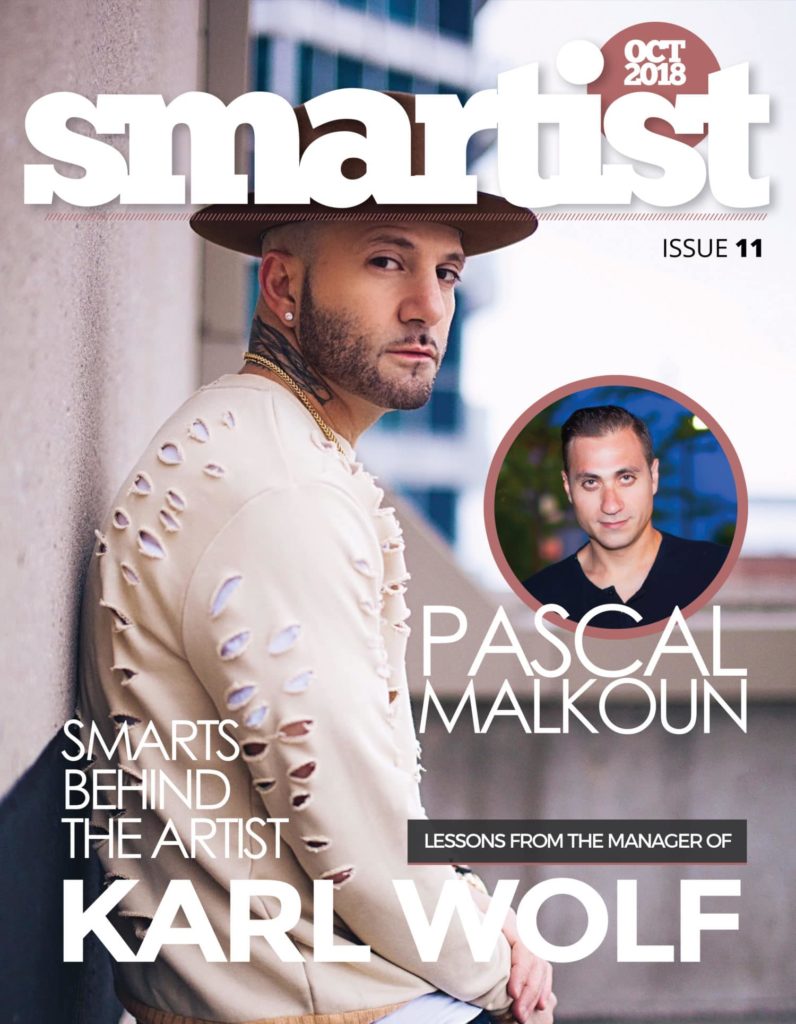
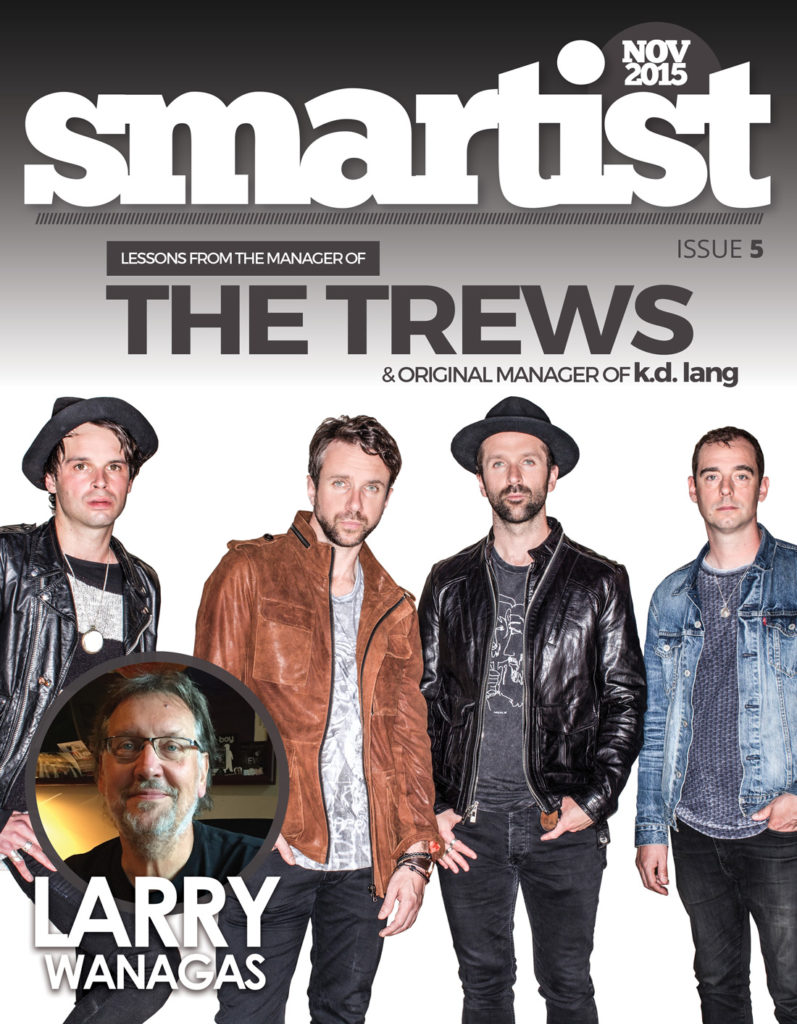
Responses